Review - Optec Lepus 0.62X Focal Reducer, page 2
Updated: 29 February 2016
Astrophotography with the Lepus focal reducer
I did my initial tests of the Lepus focal reducer on a night with poor seeing. These photos of the Full Moon, 1/400sec, ISO 100, show how the FOV varies with each configuration of my 12" LX600:
Prime focus + diagonal; without focal reducer (left), with focal reducer (right)
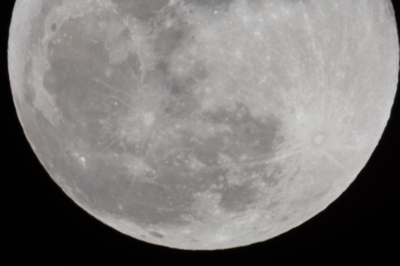
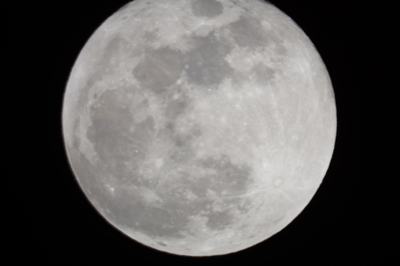
Prime focus + visual back; without focal reducer (left), with focal reducer (right)
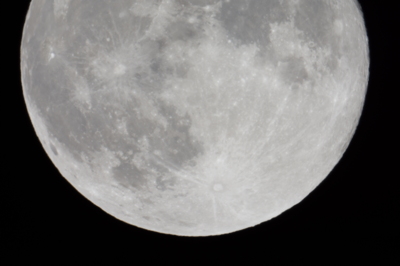
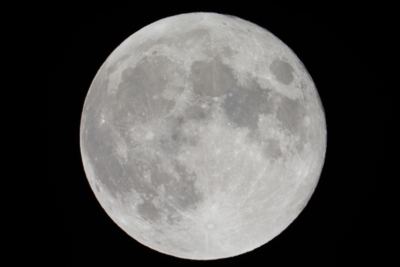
You can see the FOV differences with and without the focal reducer, with and without the diagonal.
This photograph of the Sun (on a cloudy day) was taken through a full aperture solar filter, 1/320sec, ISO 100:
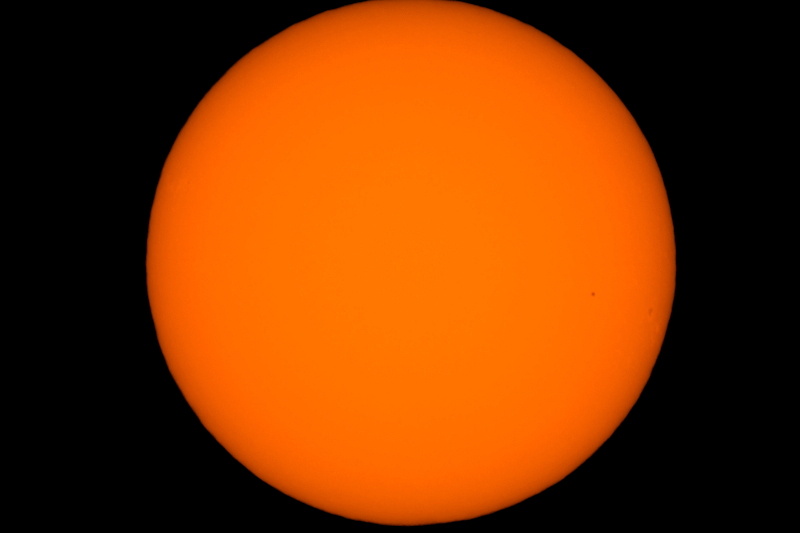
The disk of the sun just barely fit in the D7200 DSLR frame, and this was a "winter Sun" (northern hemisphere), meaning that when the Sun is further away during summer months it should fit better in the FOV. Two small sunspots are visible at the right.
StarLock autoguiding had not yet been optimized when the following deep sky object (DSO) images were taken, so some guiding errors are evident. Here is a single exposure of M42 (Orion Nebula), 30 seconds, ISO 3200:
Prime focus + visual back without focal reducer
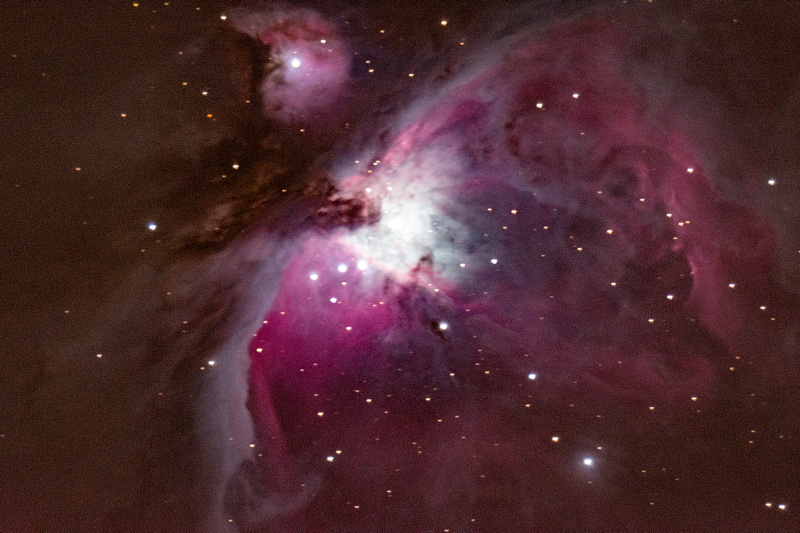
Prime focus + visual back with focal reducer
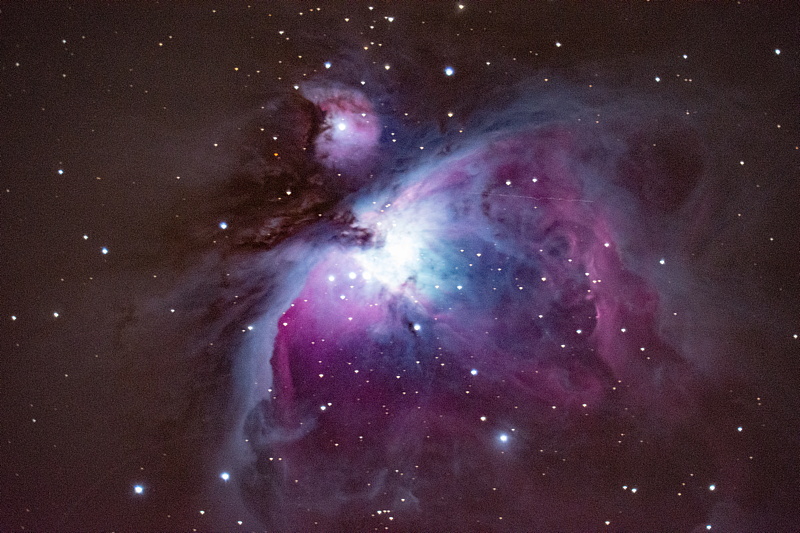
The wider FOV with the focal reducer captures more of the large Great Orion Nebula. (A faint satellite was also captured crossing the nebula while imaging with the focal reducer.)
This 15 seconds, ISO 2000, image of the Double Cluster shows no obvious coma at the edges:
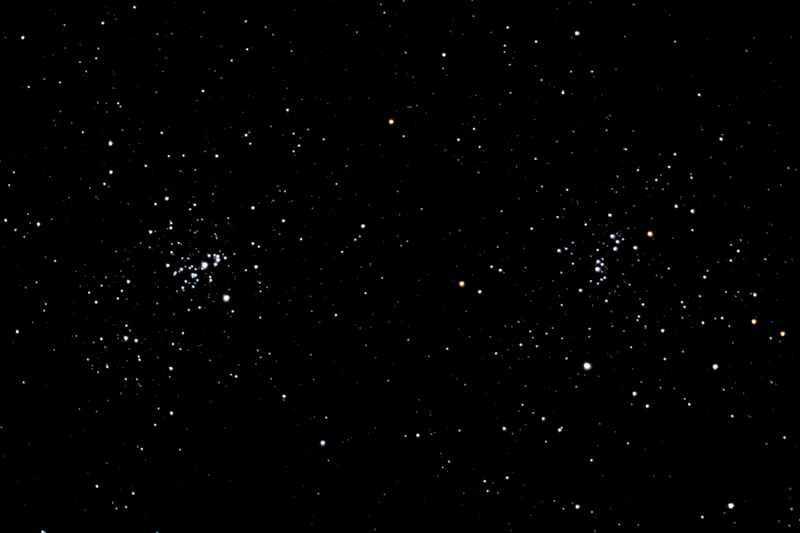
Once I finally optimized the StarLock I took a few more images. This M42 image, 30 seconds, ISO 3200, with much better autoguiding. It shows a small amount of coma along the top portion, as seen in the magnified insets:
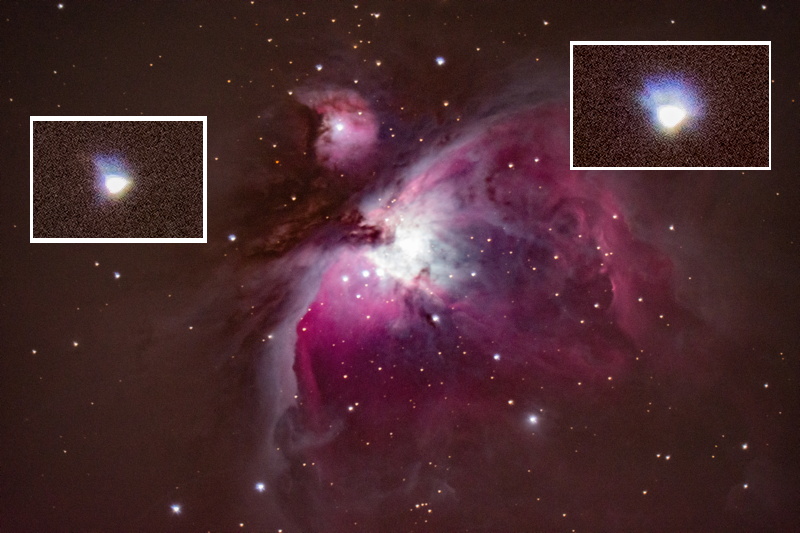
This highly processed single frame, 5 minutes, ISO 6400, exposure of the Horsehead Nebula shows some vignetting.
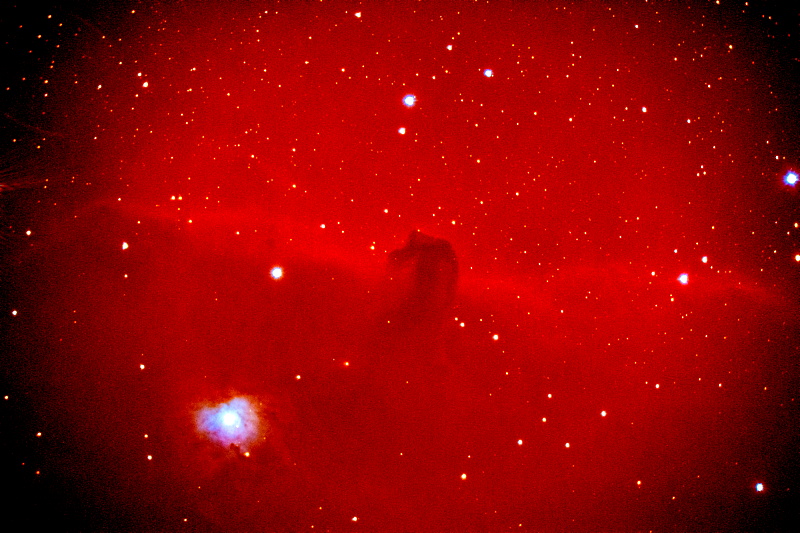
And while I still need to make some more tweaks for optimal StarLock Guiding, this 10 minutes, ISO 4000, exposure shows what the Lepus focal reducer can do with a galaxy (M82):
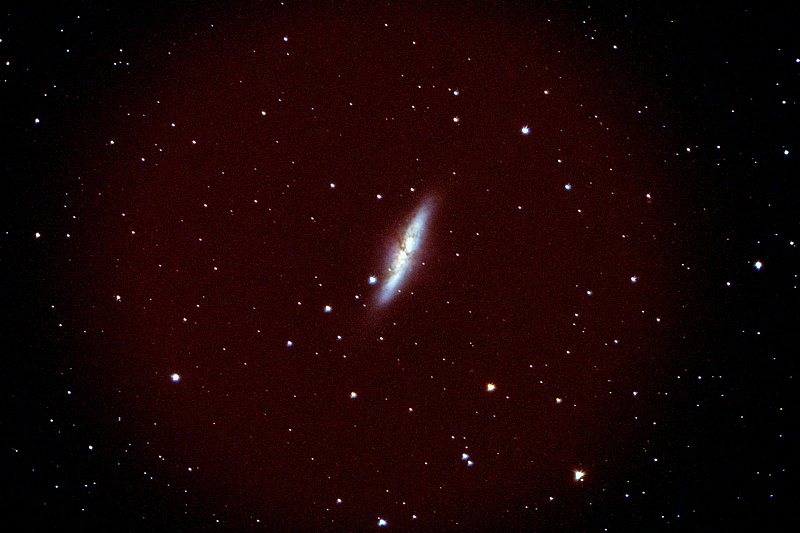
Summary
Based on my so far limited initial use of the Lepus focal reducer I like it. I do wish it had a visual option but I'll get over that. With the APS-C sensor on the D7200 DSLR there is some vignetting of the images with the 12" f/8 LX600. (Larger sensors may experience more vignetting.) There is very little coma at the FOV edges (with the APS-C sensor) with the f/8 ACF optics of the 12" LX600.
Optec has some excellent technical information on their focal reducers and the Lepus 0.62X Standard Edition Telecompressor Lens that I purchased.
I look forward to acquiring many excellent DSO DSLR images with the Optec Lepus 0.62X Telecompressor Lens on my new Meade 12" LX600. As always, I will post the images on my Cassiopeia Observatory reports and on the Photo Albums pages.
Go back to page 1 - Optec Lepus 0.62X focal reducer.
Cassiopeia Observatory Home Page
Copyright ©2016 Michael L. Weasner / mweasner@me.com
URL = http://www.weasner.com/co/Reviews/2016/Optec_Focal_Reducer/index2.html

